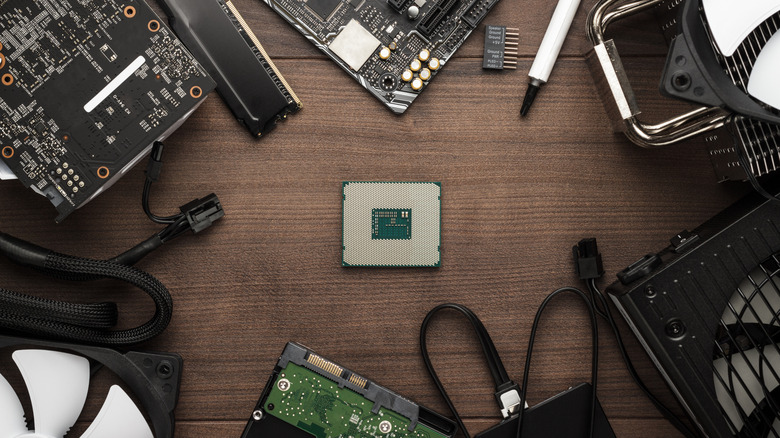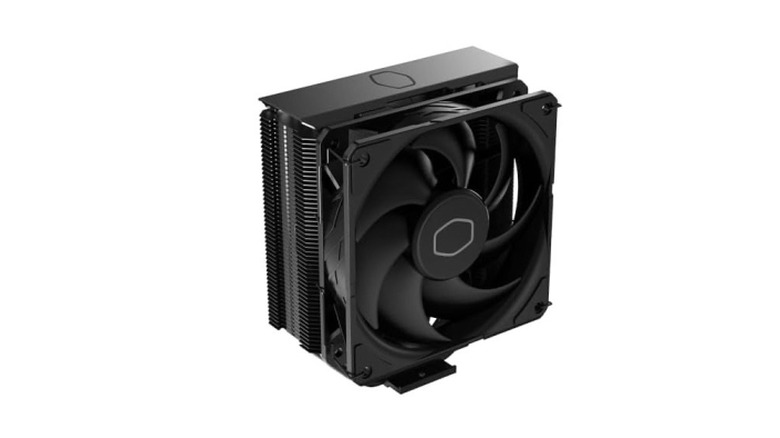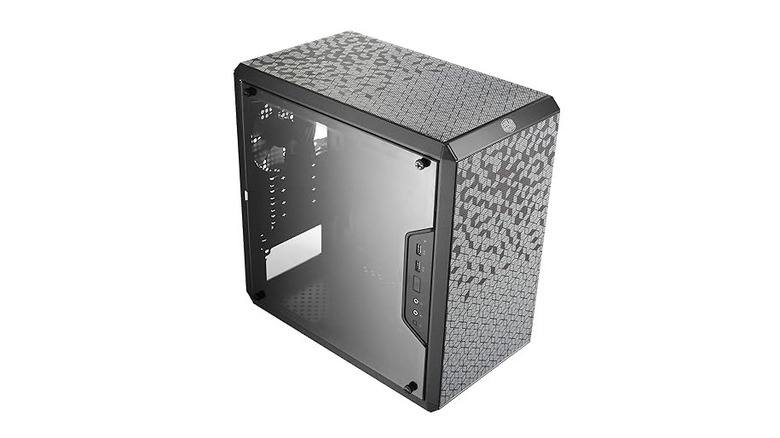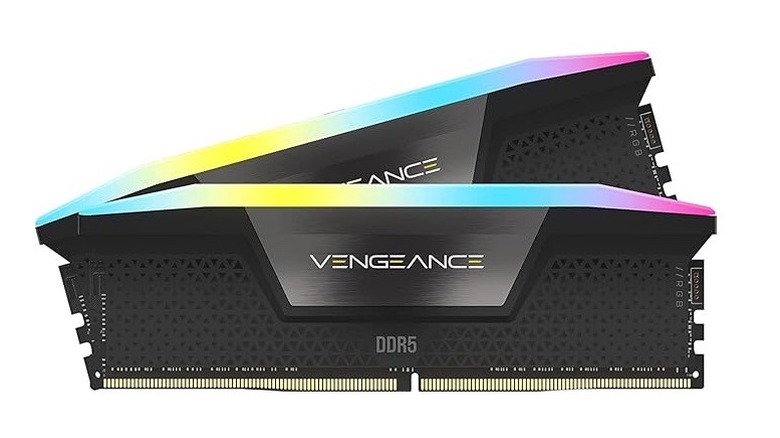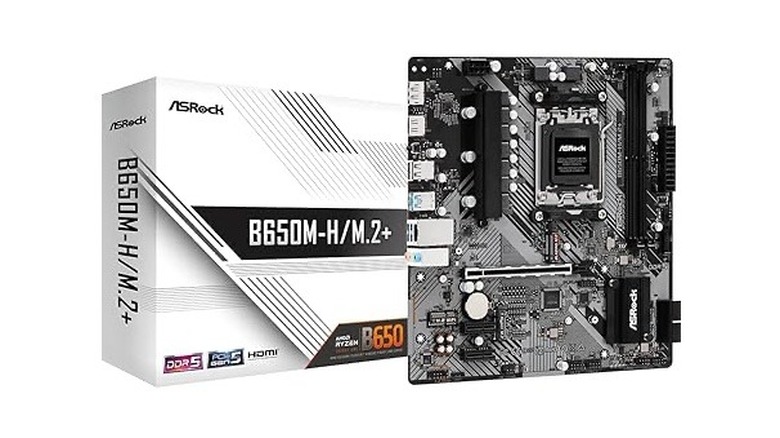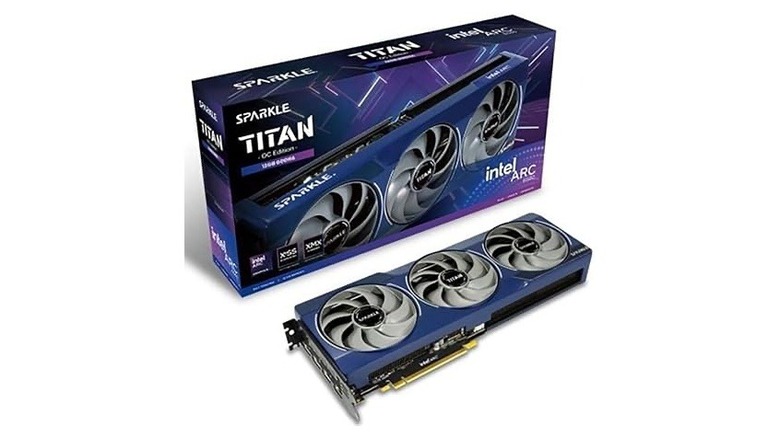4 PC Parts You Can Buy Cheap (And 1 You Should Splurge On)
Let it be shouted from the rooftops until everybody gets the message: Building your own PC, be it for productivity, video editing, or gaming, does not need to cost a small fortune. A lot of PC upgrades are surprisingly cheap, and plenty of PC parts can be bought used to cut costs even more. Just avoid buying certain PC tech secondhand and you're good to go. If you don't believe us, check out the countless YouTube videos showing you how to gin up a powerful gaming PC for sub-$1,000. Christian Selig shows how, with a mix of new and used parts and some DIY, he made a 4K gaming-capable PC for around $600. Having said that, there are some parts out there that are worth paying the premium for.
I've been building gaming PCs for decades, and the following parts are (generally) safe to go cheap on. You won't necessarily be getting an inferior experience despite spending less, either. At most, you may have to accept a few caveats that can easily be mitigated. We'll be focusing primarily on high-performance PCs doing gaming and rendering, but these principles apply to building computers in general. Stick around to the end, where we discuss the one part that benefits from some investment.
Go cheap: CPU fan
Unless you have an ample budget and plan to be running your PC as hot as the sun, you should think twice about water cooling your PC. The reality is that a CPU air cooler is highly effective, provided you install it correctly and ensure good airflow in the case. Testing has demonstrated that AIOs (water coolers) can get their lunch eaten by air coolers as far as temperatures and performance go. Since CPU fan coolers are easier to install and cost less, they're a no-brainer for casual and pro users alike.
You really can't go wrong with something like the Cooler Master Hyper 212 CPU Air Cooler, which supports both AMD and Intel brackets and costs a lowly $29.99. It's so cheap that you don't even need to think about buying a used CPU cooler. My personal recommendation is to grab another 120mm fan for the flip side and make sure the fans move the air in only one direction; One fan should pull air into the heat sink, the second should eject that heated air toward the case's rear fans. Just make sure you know which direction each fan blows before firing up your computer. While we're on the subject of keeping things cheap, don't bother buying expensive thermal paste when you install the fan.
There is one very important caveat to keep in mind before you buy a CPU fan: its height. CPU fans like the one we've recommended are tall; tall enough that they sometimes don't fit in your particular case. The easiest way to figure out if you have clearance is to plug your case and CPU cooler into PC Part Picker and then check for compatibility errors.
Go cheap: Case
It's tempting to buy a case that costs a lot when you see fancy designs and RGB lighting. But at the end of the day, a case is just a case. Its two main responsibilities are to hold your PC's components and facilitate good airflow. Anything else is just a bonus. Admittedly, this will come down to personal preference, but if your case is going to be sitting on the floor where you won't be seeing it much, then you can save a lot of money by going cheap. The best budget PC cases out there can be had for around $50 or less, and still have that classic transparent side door that lets gamers ogle the RGB-glowing components inside like a candy store window.
Take this Cooler Master MasterBox Q300L, for example. It costs you $39.99 and looks great. Despite only supporting smaller Micro ATX motherboards, it can still hold big GPUs and CPU coolers — up to 360mm and 160mm respectively. Users love it, giving it a 4.5-star average across 13,000 reviews. The side panel is transparent acrylic, which is actually an unsung benefit, given that tempered glass side panels shatter like nobody's business the second they meet ceramic — like your floor.
There is one big downside to going cheap on the case: USB ports. Cheap cases usually do not support a lot of high-speed USB (particularly USB-C) plug-ins on the front. As luck would have it, the way to mitigate this is something most people should do anyway: Spend the money you saved on the case to buy yourself a quality USB dock. All your motherboard needs is a free USB-C port.
Go cheap: RAM
Is 32GB of RAM overkill? Looking at recommended hardware spec sheets for games lately, probably not. 16GB of RAM has become the de facto new standard even if you don't game, since browsers alone eat up a ton of RAM running dozens of tabs full of web apps and YouTube videos. However, RAM doesn't need to be expensive. The best DDR5 RAM kits should cost you a ballpark between $80 and $130. I have never paid more than $130 for 32 GB of RAM — less than $100, in most cases — and have been running games at ultra graphics for years now.
Going cheap means taking advantage of sales wherever you can find them. At the time of writing, the Corsair Vengeance 32GB DDR5 RAM is going for $123.99. This particular model clocks at 6,400 MHz and has some nice RGB lighting to make the inside of your case glow like a cyberpunk dystopia. If $120 isn't your definition of cheap, then going with the previous generation DDR4 RAM can save you a bit of money — although it will perform worse. The G.SKILL RipjawsV Series 32GB DDR4 RAM runs you $99. Go deal hunting, and you can easily find RAM for even less, especially if you get 16 GB or buy used.
While you can go cheap on the RAM, we recommend sticking to a couple of standards. One, try to buy from a big RAM brand. Think Crucial, Kingston, Corsair, TeamGroup, etc. Second, make sure you're getting a good frequency. It's typical for DDR4 to run at about 3,200 MHz, while DDR5 can easily hit 8,000 MHz and above. One time I went too cheap when buying RAM and purchased some DDR4 RAM running at 3,000 MHz. The performance impact was noticeable.
Go cheap: Motherboard
In my personal opinion, a motherboard is similar to a case in a lot of ways. As long as it supports the parts you need, there are a few reasons you should get a more expensive one. Just make sure to buy one of the major motherboard brands like Gigabyte, MSI, or Asus, and you can trust that it will serve your purposes for years. My personal recommendation is to never pay more than $150 for a motherboard. You can often get one sub-$100 if you shop around.
A solid example is the ASRock B650M-H/M.2+ Motherboard for $99. The AMD Micro ATX motherboard supports DDR5 RAM, DisplayPort for modern monitors, and can run AM5 socket AMD processors. With four SATA ports, six USB ports, and three PCIe ports, you have everything you need for a well-performing PC.
Unfortunately, motherboards are one area where you have to make the most compromises if you go cheap. Cheaper motherboards tend to support older CPU generations, DDR4 RAM, and may have older Wi-Fi or Bluetooth standards — or may lack both entirely. Cheaper ones also tend to be the smaller Micro ATX variety, which means less space for RAM slots and the like. As a result, there may be less upgradability going forward; An older socket type and RAM standard means you'll have to buy a whole new motherboard if you want to get next generation CPUs and RAM. That said, this really depends on your needs. Most people will be plenty happy with an older motherboard running DDR4 RAM and a last-gen socket type. If you don't need fast USB ports and your computer is always on Ethernet, then you may not even notice the missing features.
Splurge: GPU
Assuming this is a gaming computer, the GPU is one area where it's well worth spending as much as you can afford to. The reason? Aside from pretty graphics, it's the current state of the PC gaming industry. PC hardware requirements have skyrocketed for marginal graphical improvement. Games are often poorly optimized on release and can only hit an acceptable FPS with AI upscaling and fake frames. If you want your gaming PC to stay as relevant as possible, for as long as possible, then splurge on the GPU.
My first recommendation is to avoid Nvidia cards entirely, since you can get performance parity for less money with AMD or Intel GPUs. To give an example, the NVIDIA GeForce RTX 4080 sells for $1,199 but performs about the same as the Radon RX 7900 XTX selling for $999. If you want a budget card that really punches above its weight, definitely go for Intel; The Intel Arc B580 has an MSRP of $249 and performs near the GeForce RTX 5060 and Radon RX 7600 XT, which both cost more. Don't discard Intel too quickly. It had a rocky start, sure, but Intel GPUs are getting as good as NVIDIA and AMD.
Or, consider hitting two birds with one stone by getting a CPU with an integrated GPU. There are significant graphical compromises when choosing integrated graphics (iGPUs) over discrete graphics, but iGPUs are getting better with each passing year. As proof, just look at the Steam Deck OLED and the Lenovo Legion Go S, both handheld PCs with APUs that can run AAA games. You'll be playing at 1080p with lower settings, but your wallet will be happy.
